A VISIT TO BOSMAN FAMILY VINEYARDS I PART 1
In 2008, Bosman Family Vineyards’ made a landmark move. It shared 430ha of prime farming land with the Adama Trust; a trust belonging to its employees. Many of them were 5th generation workers on the farm. In 2009, the brand received Fairtrade status and in 2015, they were named the top Fairtrade wine label at the International Wine Challenge. Many wine consumers, however, still don’t (care to) know the difference that buying Fairtrade makes to the lives of vulnerable people. Meanwhile, super-cynical consumers often dismiss Fairtrade as fairytale marketing. We decided to visit Bosman Family Vineyards, hoping for insight into their methods of community upliftment, to inspire companies and consumers of the future...
We arrive at the Wellington-based farm on a frosty Thursday morning. Its postcard setting immediately triggers our tourist senses and, waiting at the gates, we start to imagine a restaurant menu; will it be Haute Cuisine, or Cape Malay-inspired? We’re promptly told to carry on driving round to the opposite end of the farm, where our tour will begin.

A few minutes and a bag of chips later, we arrive opposite a neat, humble Cape Dutch building. Instead of a restaurant, fancy fountains or tour-bus travellers instagramming guinea-fowl feathers against a background of lavender bushes, we see a brightly coloured jungle-gym and a classic tractor tyre sandpit - our introduction to this wine farm is a kids’ playground. We hear kids’ voices chiming inside the building and our suspicion that this assignment has started at a school is soon confirmed when the struggle to find parking becomes real.
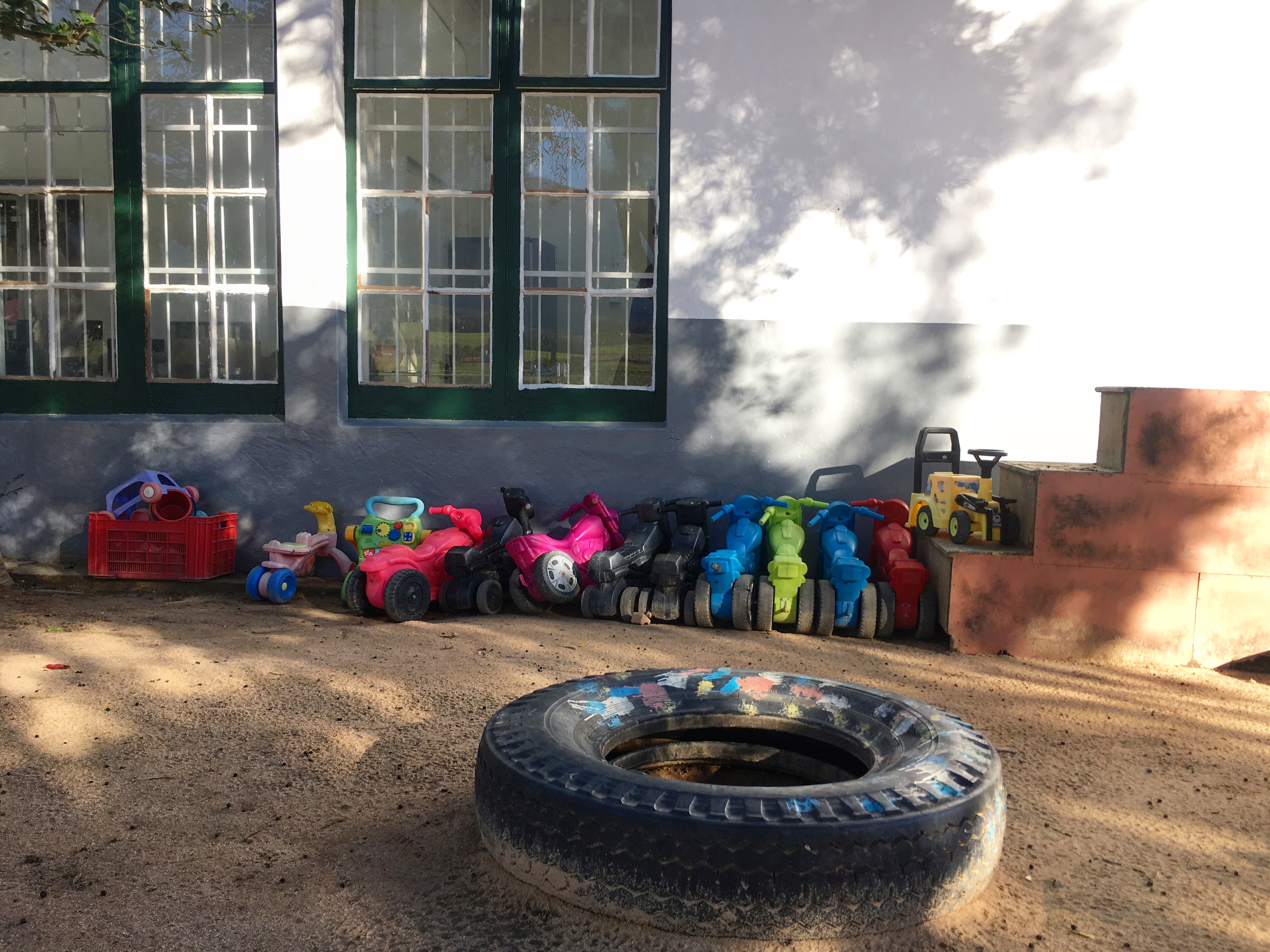
We enter the school’s gates and shake hands with Rita. Rita has steady, warm eyes and she introduces herself as a 5th generation Apollis; the original bloodline of the farm’s workers.
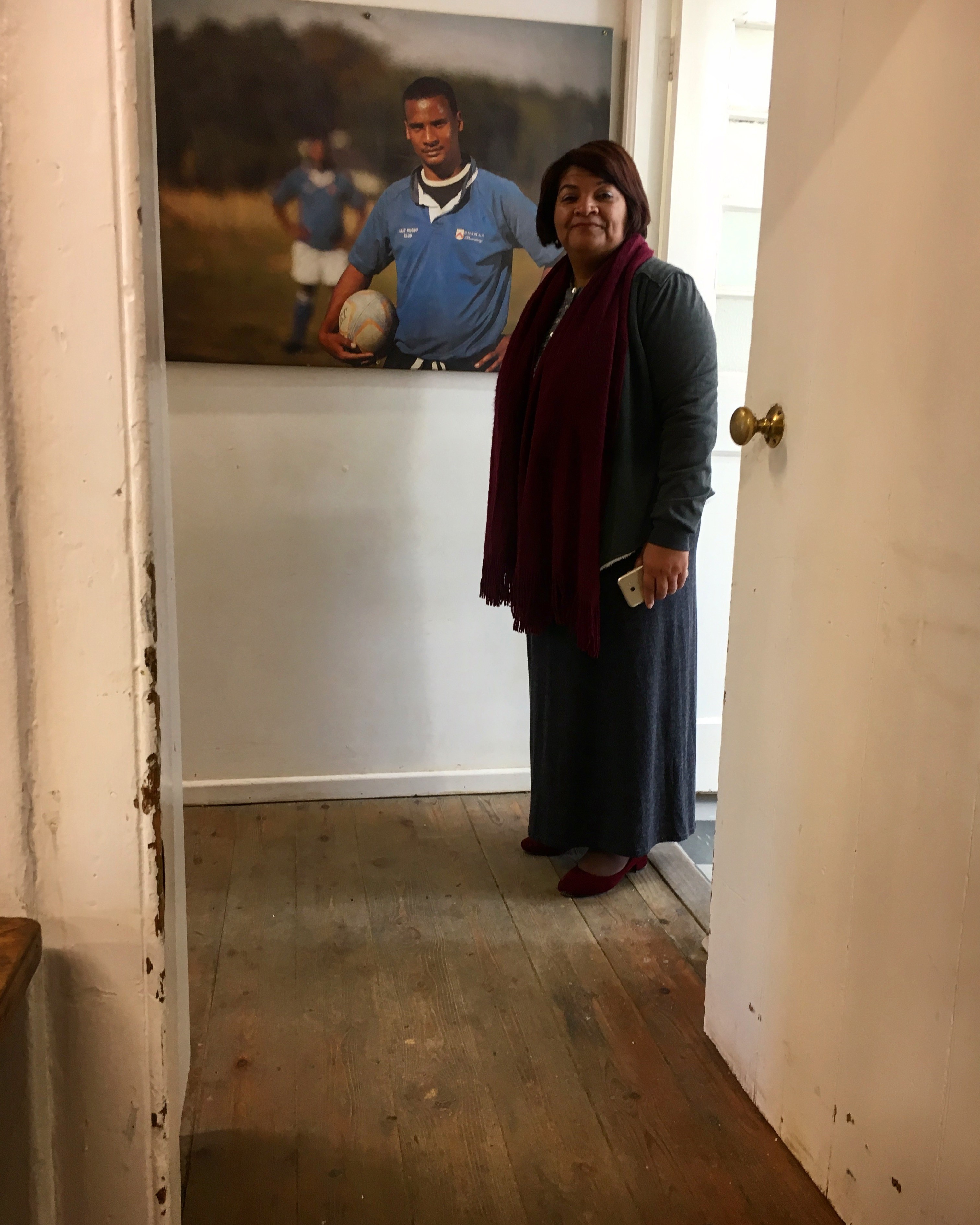
She leads us down a passage past portraits of sports people and choirs stemming from the community and finally into an impressive computer room, which, we are told, took R3 million to create. And is it having an effect on the kids, we ask?
‘Yes of course… my 7 year-old grandson is better than me on the computer!’
Intimidated by the thought now, we silently shuffle into the back of a busy classroom. The teacher in the front has a colourful storybook open, and the whole class pauses, on her single word. We appreciate the intensity of the toddlers’ laser-point focus as it now shifts, to us...
The three to four year-old tots stare back, wide-eyed. It’s difficult to think of what to say. Successfully completed projects mesmerise us from the wall, and our voices catch in our throats. We have literally interrupted their work day, and their active brains demand to know our reasons.
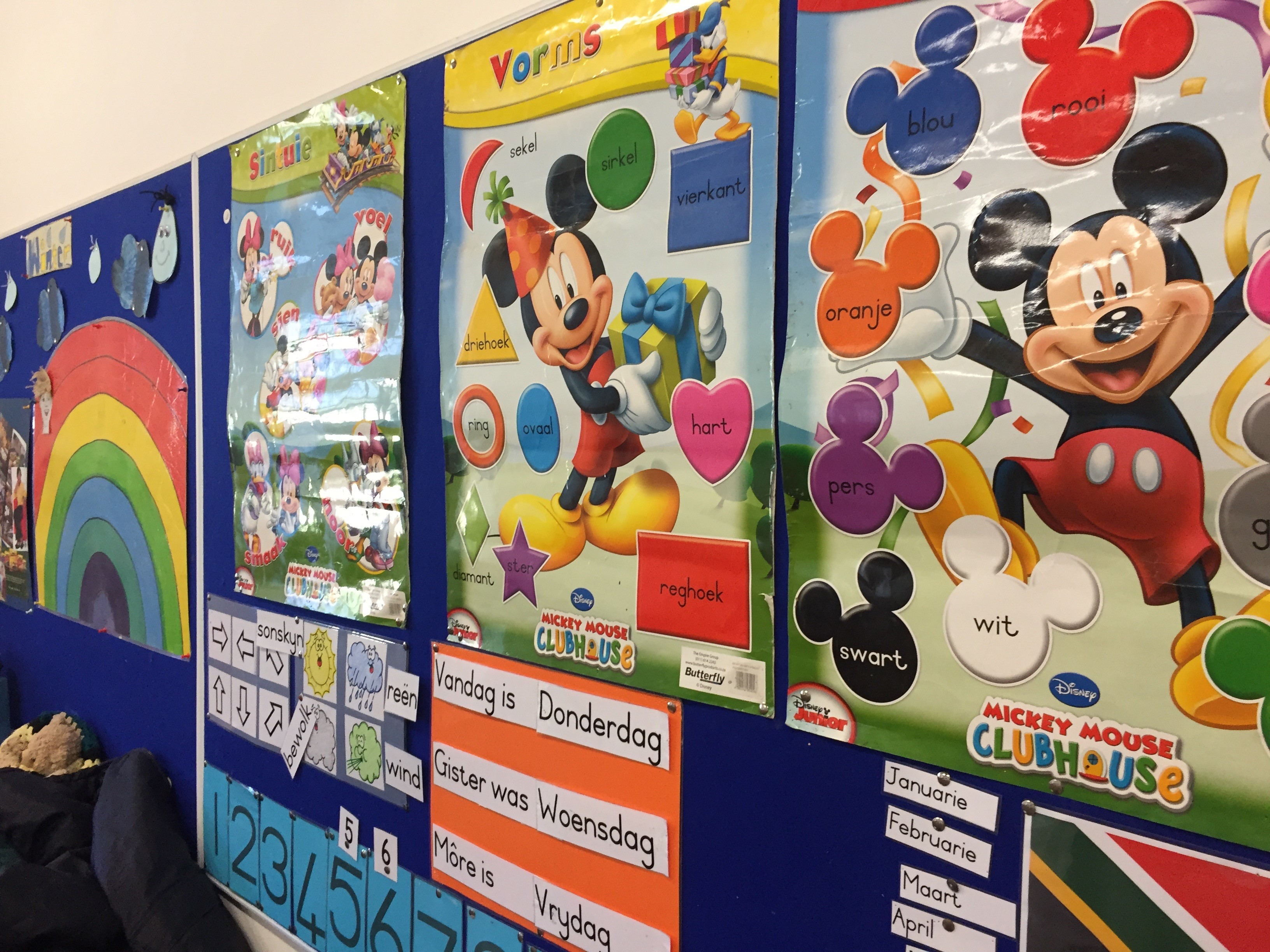
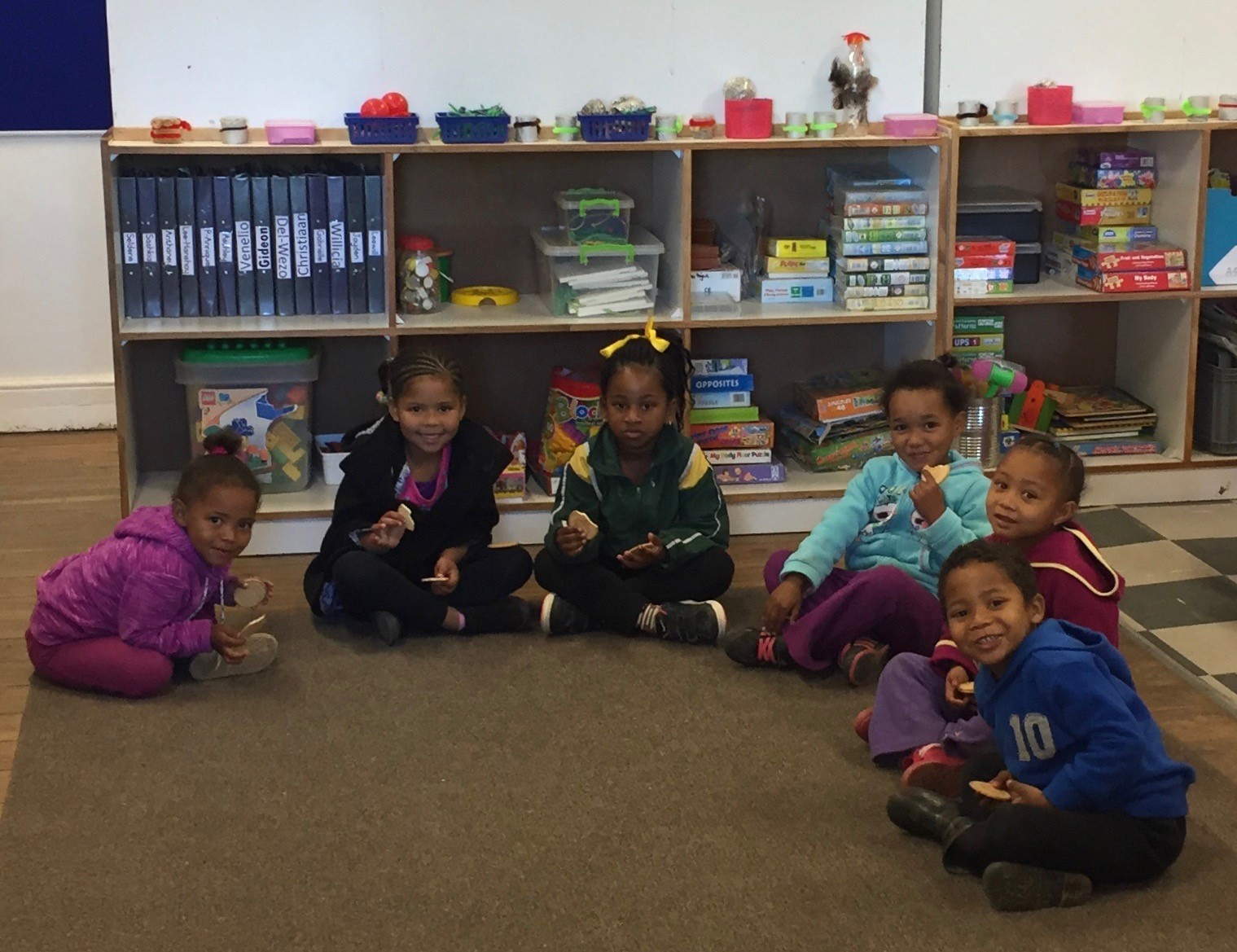
Sitting down on the carpet at child-height, we soon have tiny elbows leaning on our knees, and giant pupils gazing at us. The only thing reminding us that we are still, in fact, adults, is the resounding chorus of ‘Jaaa, Ooom!’ that meets the questions we ask them. After learning each of their names and their favourite speletjies (games), it’s break time, and we line up for the playground.
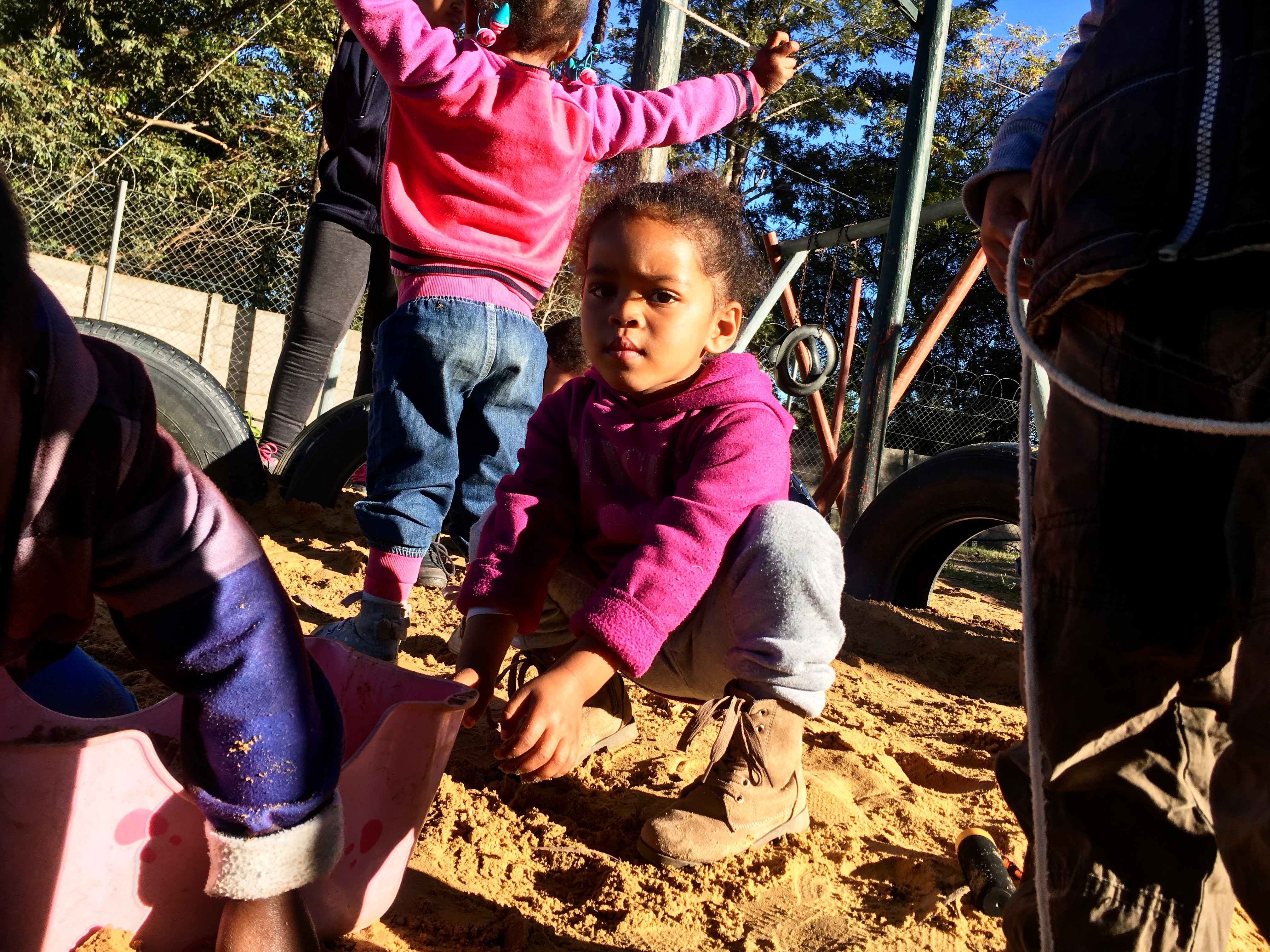
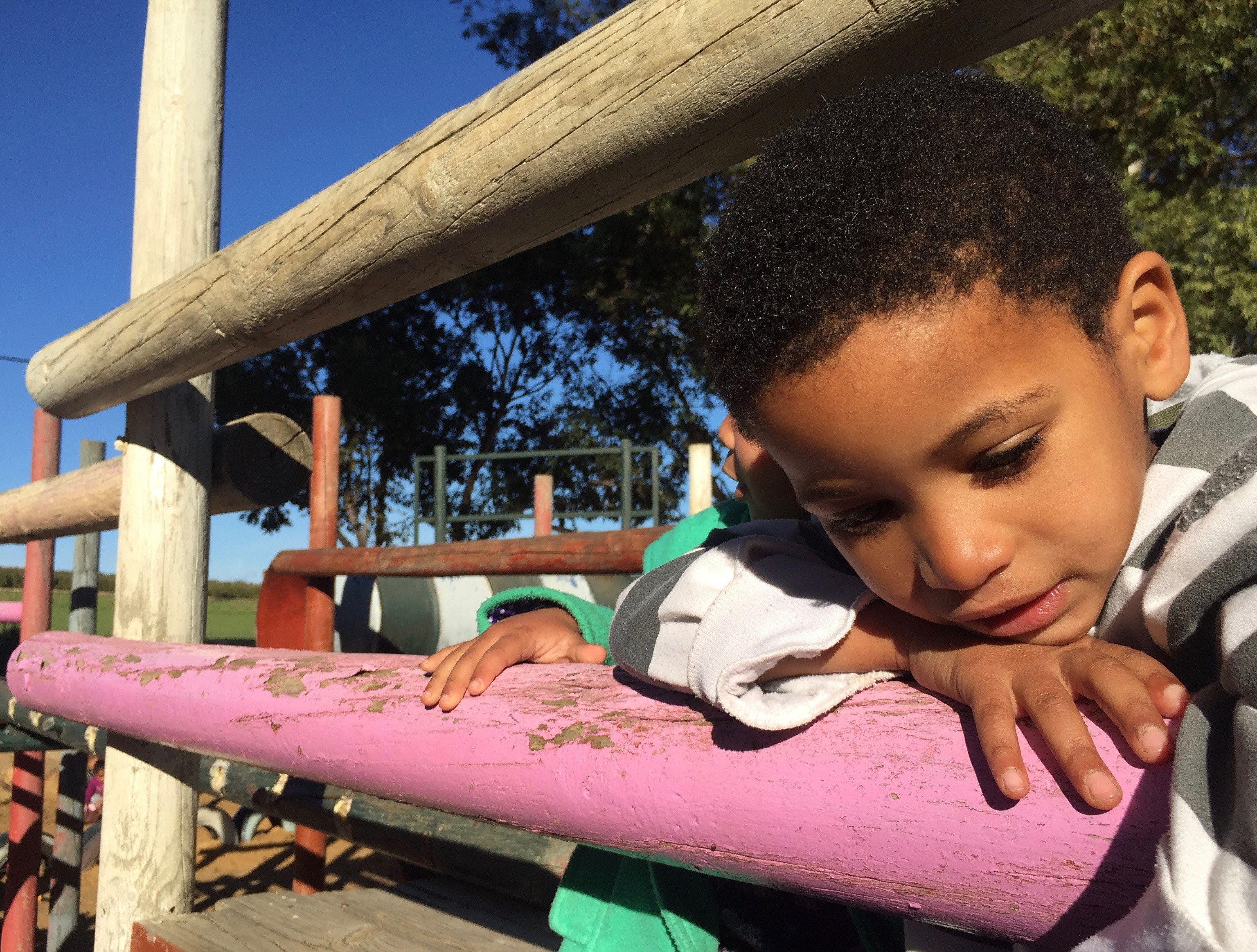
At the jungle gym, we make a new friend. He introduces us to one, two, then three of his sisters, and it feels like we are becoming trusted members of this little tribe. Then Rita snaps us back into the assignment - explaining the importance of hiring teachers from within the community. ‘If we hire our own parents as teachers, we offer them a paid career, and make them good parenting examples for the other parents on the farm.’ Rita tells us we are now going to visit the warehouses, where the parents are working. As we turn to say goodbye, my little friend introduces many more of his ‘sisters’, who climb up to join him on the jungle gym. We realise we’ve been schooled. All of the girls here are his ‘sister’. Leaving these kids isn’t heartbreaking… we feel optimistic for them!
End of Part 1 | Be sure to join us for Part 2 as we have a look at further #socialstories about #WineforGood..